Siding Replacement Process Guide For Homeowners
If your home is ready for new siding, you’re in the right place. Like roofing, exterior siding protects your structure from the elements. It keeps your interior dry and helps regulate the inside temperature. The right products keep your home warm in the winter and cooler during summer’s hottest months.
This siding replacement guide aims to teach you about exterior options. We’ll walk you through the details of re-siding your home, whether it’s new to you or you’ve been there for years. Curb appeal is definitely part of the discussion. But we also hope to keep your home from deteriorating. We’ll share the signs for when you need to take action.
Sometimes you need a whole-house makeover. But other projects may include repairing a section of one side. Either way, we’ve got the details.
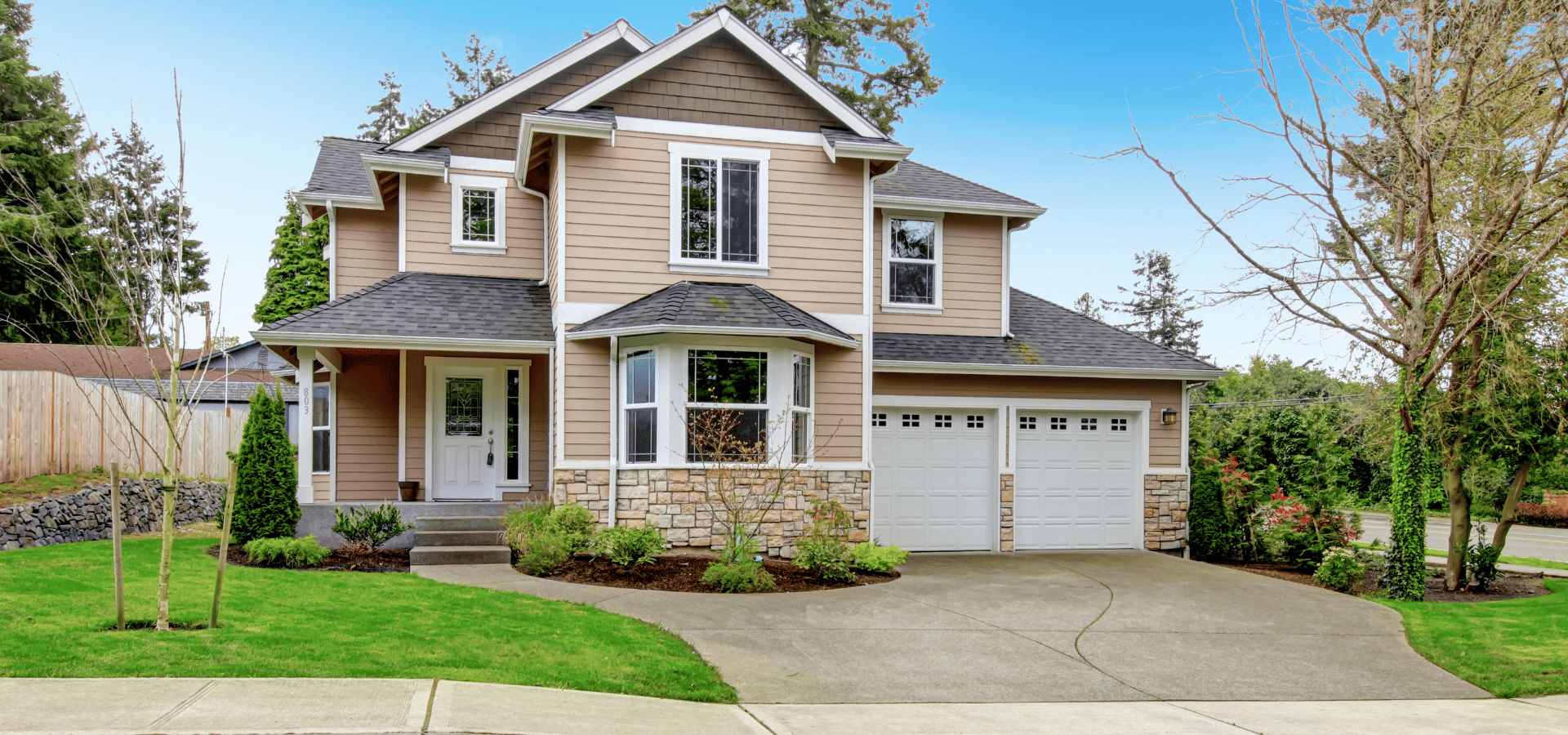
Siding Replacement Benefits
Getting a new exterior on your home looks good. And that makes homeowners feel good. Can you imagine driving up and seeing a brand new house? And then you realize it’s your home that’s looking so fine. Now that’s the kind of feeling you’ll get from a fresh update.
New siding not only looks good, but it
raises your property value. It also makes your home more appealing to future buyers. And that raises your neighbors’ homes to higher values. So, the upgrade is good for you, but it’s also good for the whole block. Remodeling’s 2023
Cost vs. Value report says West South Central region homeowners can recoup 97.6 to 102% of siding investments.
That means when you sell your house, you’ll get back almost every dollar on fiber cement and vinyl siding replacements. But you’ll gain a whopping 102% on manufactured stone veneer additions. Who doesn’t like
making money on home projects? We’ll talk more about the signs for replacing siding later. But for now, let’s just let those returns on investment sink in.
Of equal importance, new siding
protects your home from the elements. Neglected siding deteriorates over time. So, it’s prone to moisture and mildew growth. There’s also a higher chance of insects and termite infestations with older products. These problems don’t stop outside, but they continue on to affect the inside too. Driving rain can cause leaks in older siding. But new siding protects your house and keeps your family safe.
Another benefit of siding replacement is
energy efficiency. Good siding helps deflect sunshine and lower how much heat gets absorbed. So your air conditioner can do its job better. It won’t strain to cool your home during summer’s swelter. Winter utility bills benefit from new siding too. The inside stays warmer without the furnace running constantly.
How to Tell When Your Siding Needs Replaced
No siding replacement guide is complete without including signs for replacing your home’s exterior. Regular inspections help you stay on top of potential problems. You don’t need any special tools. Instead, take a walk around your house and give it a good visual inspection.
Some common signs that it’s time for new exterior siding include:
- Cracked, Warped, or Rotten Panels
Some obvious signs of damage are cracks and warped panels. Even if you only see small cracks, larger issues might lie beneath the surface. Give panels a good poke to see if they’re solid or squishy. If the panel gives way, there’s potential for underlying rot. Rotting woods can lead to insect infestations. So check for tiny insect holes.
Tip: Test for dry rot by tapping with a screwdriver handle. If the material sounds hollow, splits, or crumbles, it could signal a problem. Dry rot happens below the surface, so it’s hard to see visually.
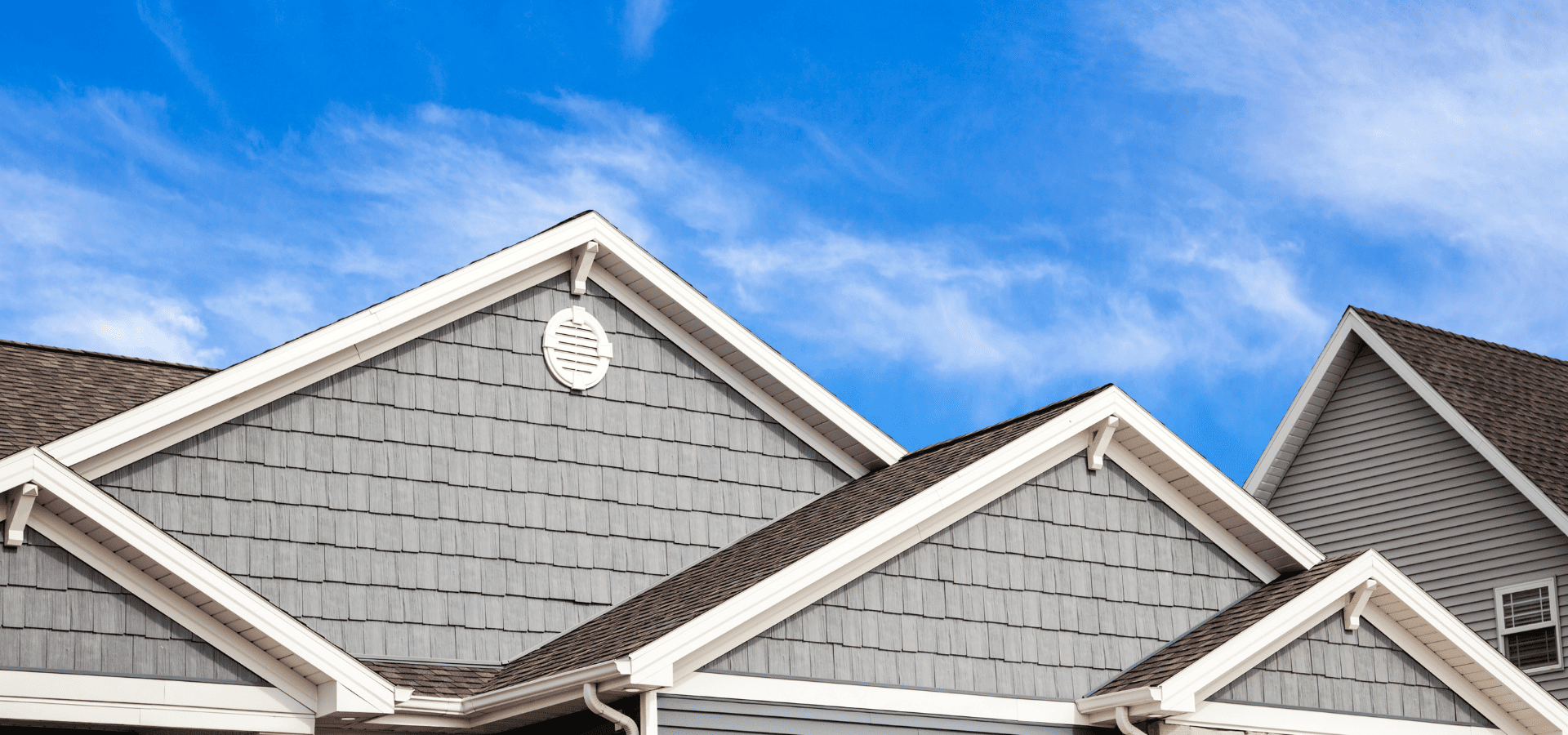
- Loose Panels
If you can easily move the siding, you may find a gap that lets in the elements. Sometimes birds push panels aside to build nests where it’s dry. Remove loose vinyl siding to check beneath it for moisture or rotting (and bird nests, too.) Re-secure it, even if temporarily, so no further damage occurs.
- Moisture
Bubbles or blisters on your panels could indicate moisture problems. Trapped water rises to the surface leaving bubbles. Signs of water damage warrant an immediate call to a local siding contractor. If ignored, it can cause serious issues.
- Fading Color
Once siding begins fading the weatherproofing properties start deteriorating too. It doesn’t necessarily mean the siding is bad. But it is a sign to check more closely before an issue arises.
- High Utility Bills
Experiencing higher than normal utility bills might mean your siding needs replacing. That’s especially true when you have newer windows and insulation. Siding is the next big defense against the elements. Newer siding insulates your home better to help regulate the temperature. Since older siding doesn’t protect as well, it’s reflected in energy costs.
Repairing a Section of Vinyl Siding
There are times when siding sections need repairing. Say a baseball hits the side of the house instead of landing in your child’s mitt. If it cracks a vinyl panel, don’t worry. It’s fairly quick and easy to repair.
Small holes or damage might only need a good cleaning before applying caulk. These are dents and holes under an inch. Apply a small caulk bead to fill the area. Then smooth it with a putty knife. After the section dries, paint it to match the rest of your house. Fast and simple.
Larger areas might need a patch. Start by removing the damaged portion. Cut it with a utility knife, then use a zip tool to pull the cut part out. A zip tool looks like a handheld can opener. It’s a small and inexpensive tool for hooking onto the siding for removal. As you remove the damaged section, be careful not to cut the building paper beneath it.
Cut a replacement patch from a new siding panel. Aim for about two inches beyond each side of the damaged area. Apply caulk around the cutout before sliding in the replacement. Push up until the new panel locks into place. Larger patches might need screws or nails. But smaller patches benefit from a strip of duct tape to hold them in place while the caulk dries.
Sand the dried caulk and paint the patch to match the surrounding siding.
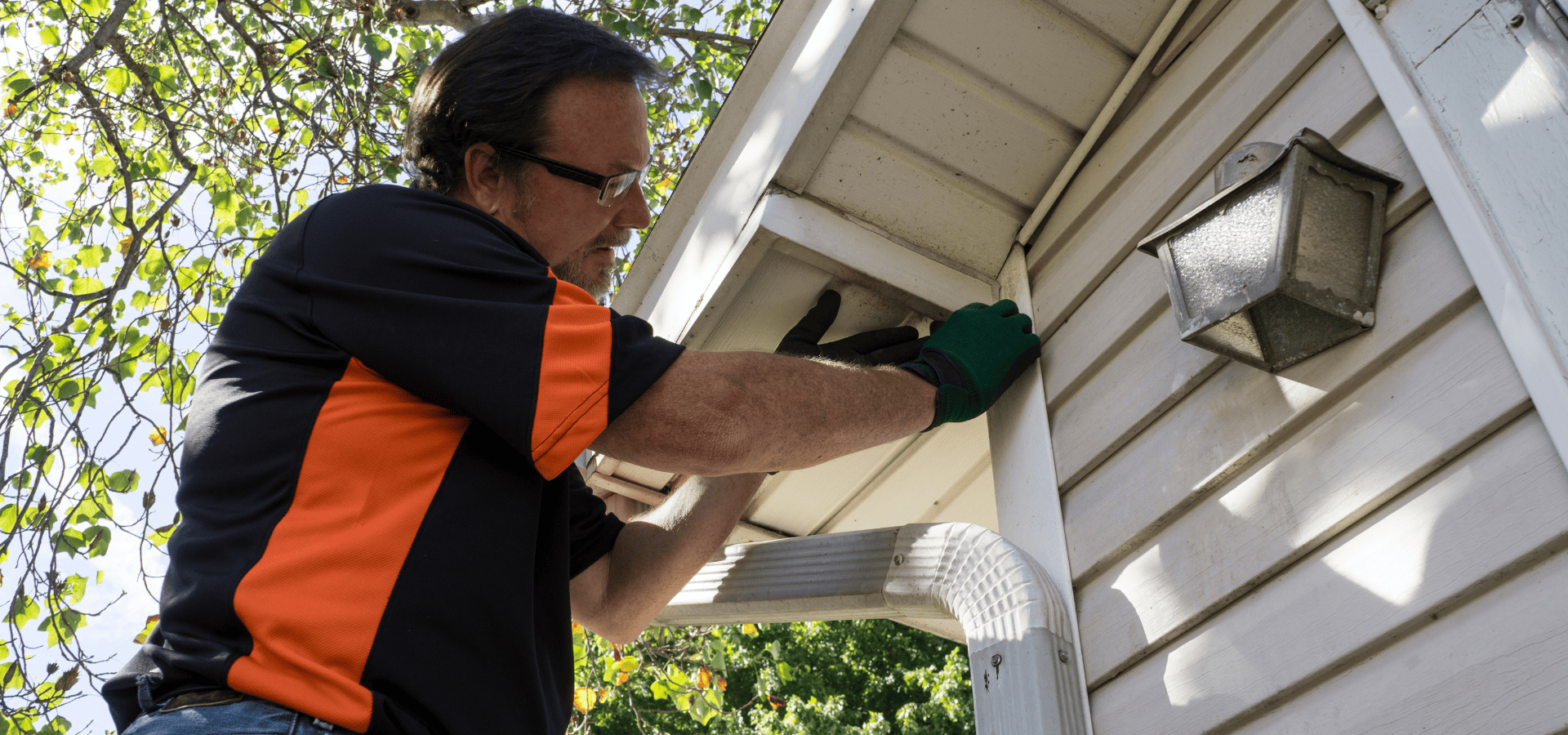
How Often to Replace Exterior Siding
Knowing when to replace your siding depends on your home’s material type. In general, here are some expected life spans of common siding materials.
- Vinyl siding - 20 to 40 years
- Composite siding - 30 to 40 years
- Aluminum or metal siding - 20 to 40 years
- Wood siding - 20 to 40 years
- Fiber cement siding - 50 years
- Brick siding - 100 years
Other factors in a siding replacement guide include the manufacturing brand and local climate. Extreme weather takes a toll on your house. High temperatures and UV rays may cause warping or fading. Besides that, coastal or humid areas often see excessive moisture that affects performance.
Water damage always means there’s something bigger going on. It’s a threat to your home’s structure. Sun damaged siding may also signal that it’s time for a replacement. Additionally, if you’ve needed to repaint several times, but the damage returns, that’s a red flag.
Even superficial damage, like peeling paint, over a large area indicates old siding. So it might need replacing.
When to Call the Professionals
If you’ve done the walk around and realize your siding’s seen better days, don’t hesitate to call in the professionals. This siding replacement guide hopes to inform you when it’s time to take action. But that doesn’t mean you’re on your own.
Local siding experts like
Dallas Siding Pros have the tools and experience to tackle whole house remodels. Most homeowners only go through the siding process once. It’s a big undertaking, but it’s a worthwhile investment. Exterior siding shields against the elements. But it also improves your curb appeal and property value. So, you’ve only got one chance to do it right. No one wants expensive repairs later on.
Knowing when to DIY a project and when to call in the pros makes you a savvy homeowner. There’s no shame in calling in the big dogs. Especially when you’re already working full-time and running kids to baseball practice. A small repair is no problem. But if you’ve got extensive damage, professional siding installation is best.
Buying new siding is a big decision. You’ve got to choose the type, select a color and style, and plan a budget. But once you’ve made up your mind, the fun begins. It’s the opportunity to update your home and make it look brand-new.
It’s also a chance to save money on utility bills. But you only get these benefits with correctly installed siding projects. So, finding the best local contractor makes all the difference. It means you can trust them to do the job right.
Experienced professionals have tools to trim around windows and doors. Plus, they know what to do when problems arise. Older houses settle, and they aren’t always level. Siding contractors can troubleshoot those issues. They can solve problems that homeowners may only guess at. Professional installation also comes with a warranty. So if future problems occur, they’re easy to take care of.
You might also like

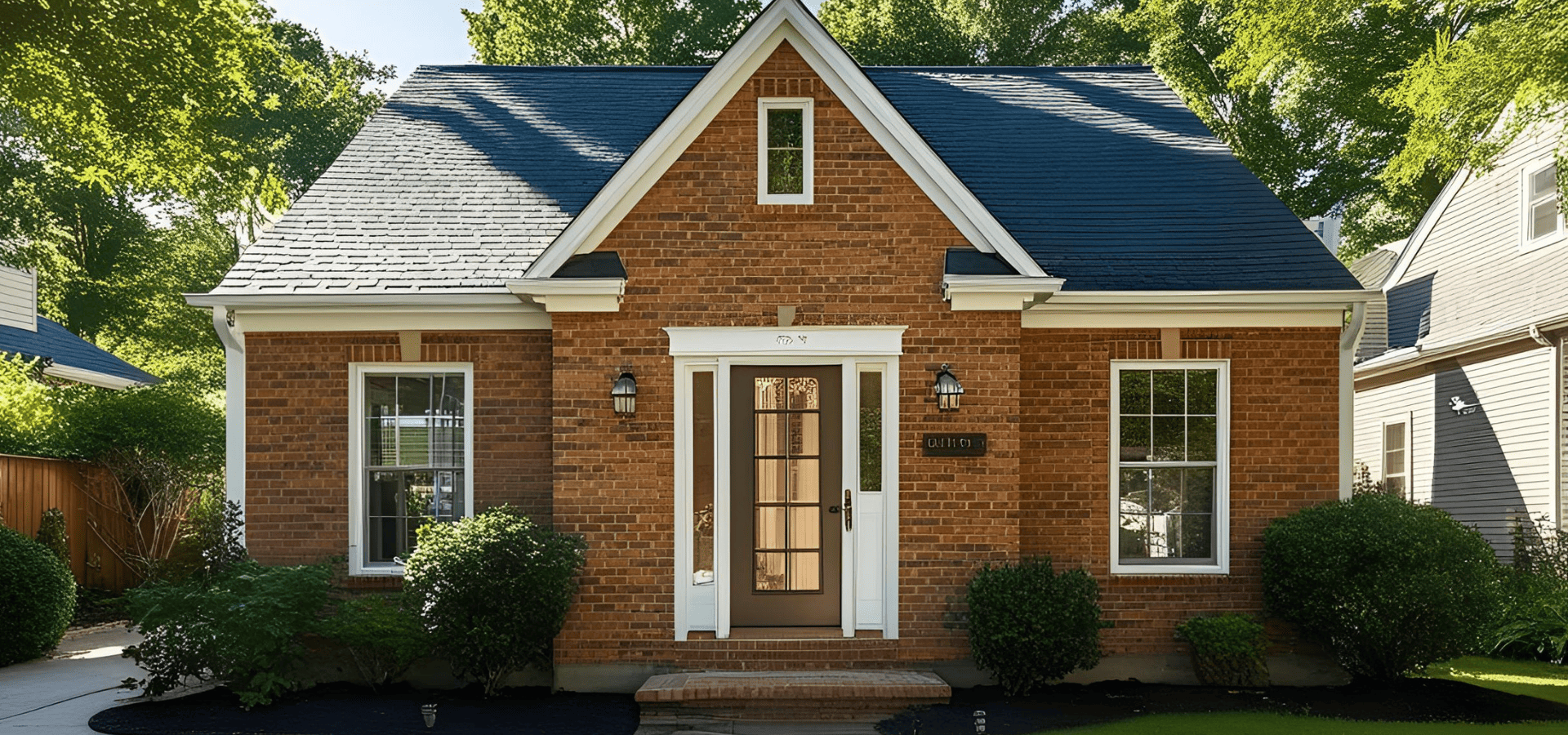
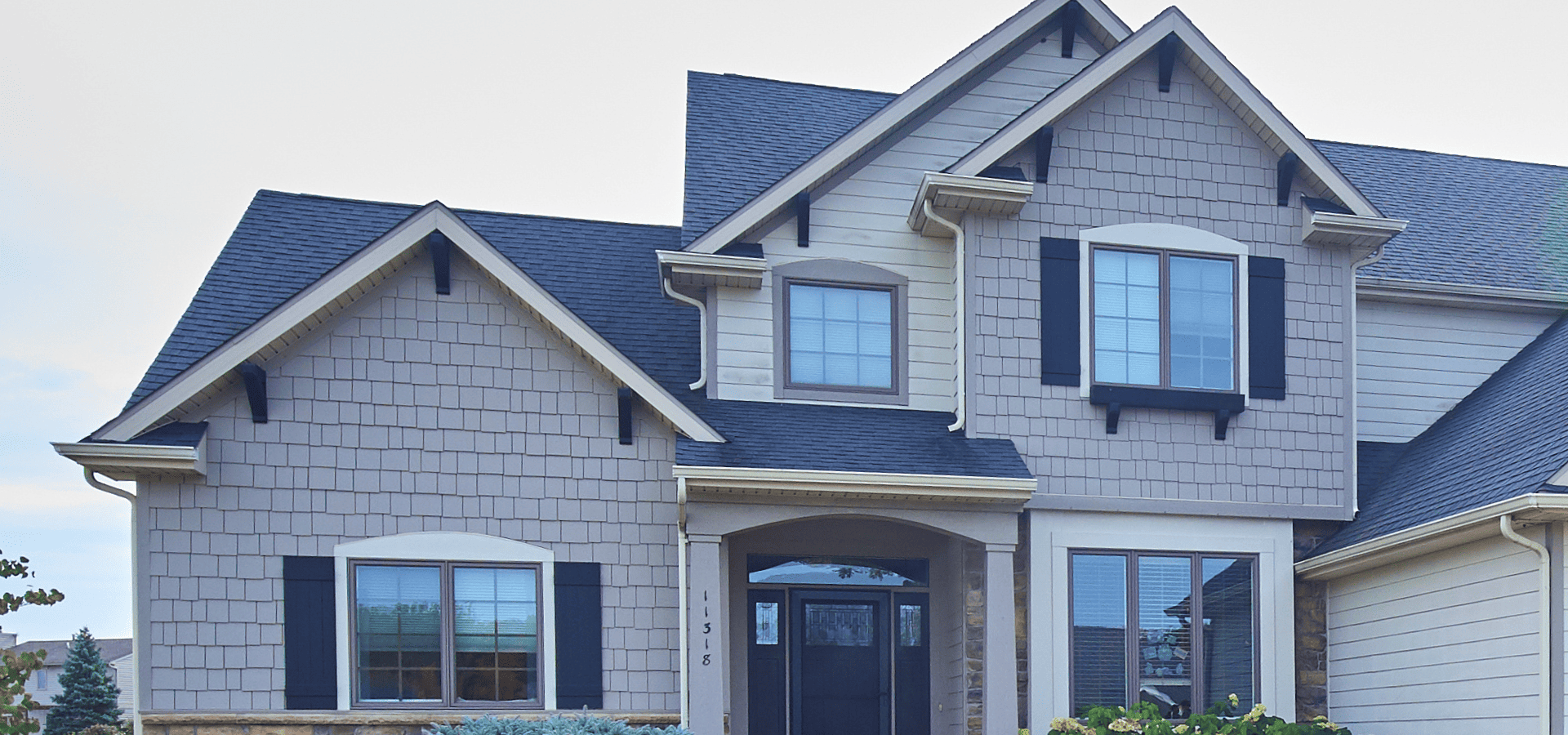
SPEAK TO A TEAM MEMBER TODAY
Our Service Area
Dallas
Forth Worth
Arlington
Richardson
Plano
Irving
Garland
Rowlett
McKinney
Mesquite
Allen
DeSoto
